SNVSB04C March 2019 – December 2021 TLV4021 , TLV4031 , TLV4041 , TLV4051
PRODUCTION DATA
- 1 Features
- 2 Applications
- 3 Description
- 4 Revision History
- 5 Pin Configuration and Functions
- 6 Specifications
- 7 Typical Characteristics
- 8 Detailed Description
- 9 Application and Implementation
- 10Power Supply Recommendations
- 11Layout
- 12Device and Documentation Support
- 13Mechanical, Packaging, and Orderable Information
Package Options
Mechanical Data (Package|Pins)
Thermal pad, mechanical data (Package|Pins)
Orderable Information
7 Typical Characteristics
at TJ = 25°C and VS = 3.3 V (unless otherwise noted)
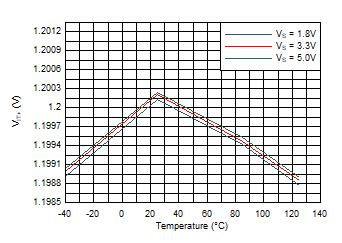
| TLV40x1R1 |
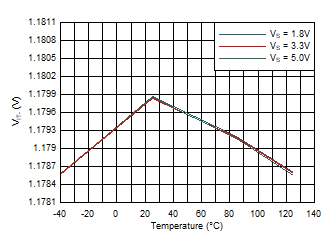
| TLV40x1R1 |
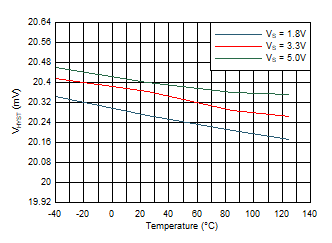
| TLV40x1R1 |
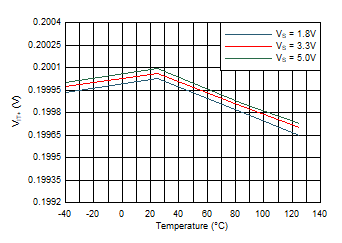
| TLV40x1R2 |
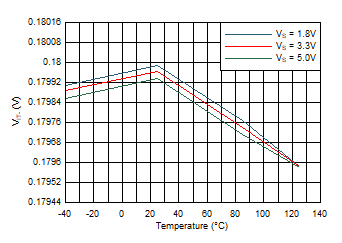
| TLV40x1R2 |
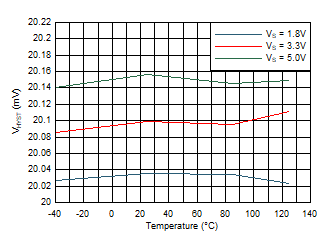
| TLV40x1R2 |
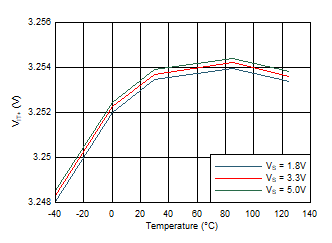
| TLV4021S5x |
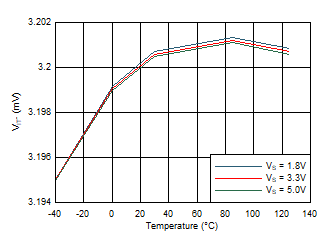
| TLV4021S5x |
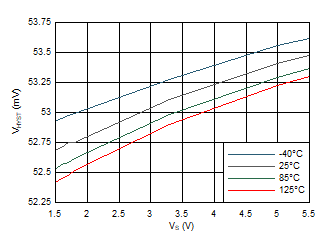
| TLV4021S5x |
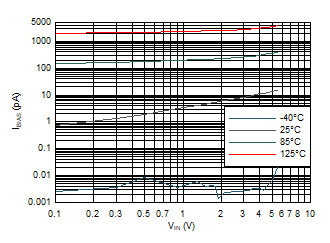
| VS = 1.8V to 5V | TLV40x1Ry |
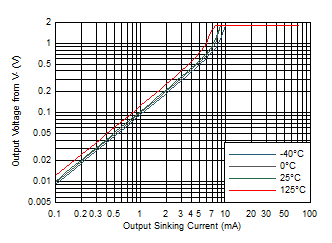
| VS = 1.8V |
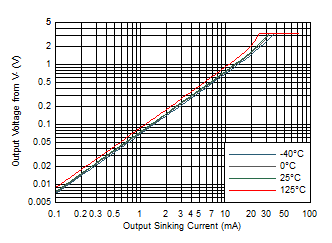
| VS = 3.3V |
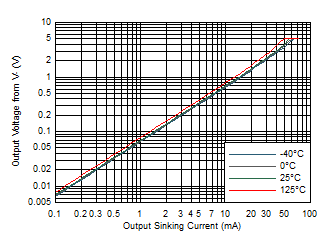
| VS = 5V |
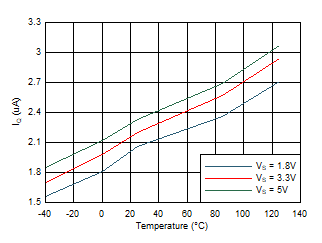 Figure 7-27 Supply Current vs Temperature
Figure 7-27 Supply Current vs Temperature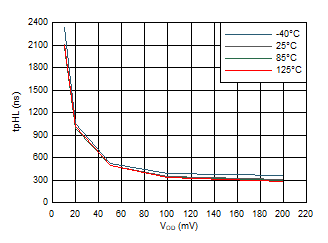
| VS = 1.8V to 5V | TLV40x1R2 |
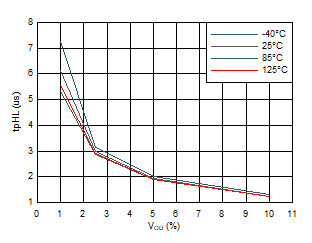
| VS = 1.8V to 5V | TLV4021Sx5 |
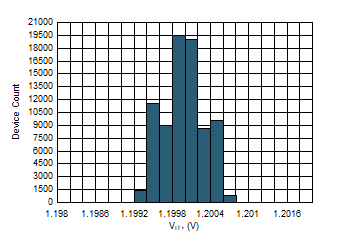
| TLV40x1R1 | VS = 5 V |
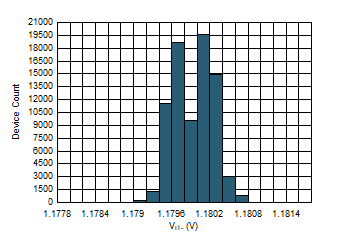
| TLV40x1R1 | VS = 5 V |
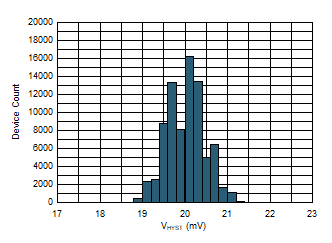
| TLV40x1R1 | VS = 5 V |
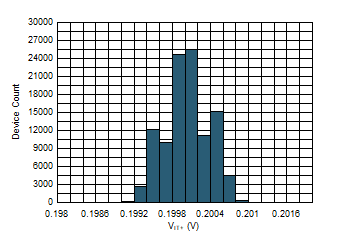
| TLV40x1R2 | VS = 5 V |
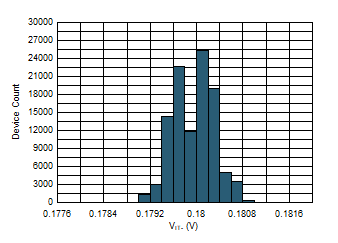
| TLV40x1R2 | VS = 5 V |
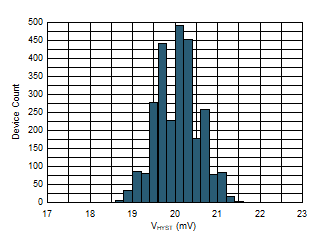
| TLV40x1R2 | VS = 5 V |
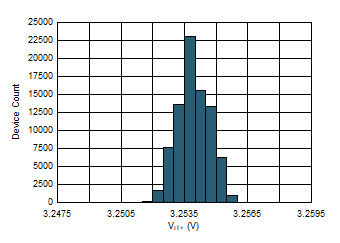
| TLV4021S5x |
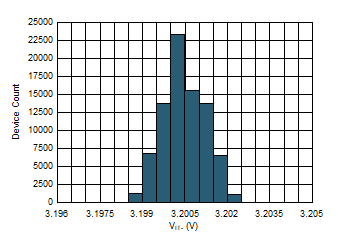
| TLV4021S5x |
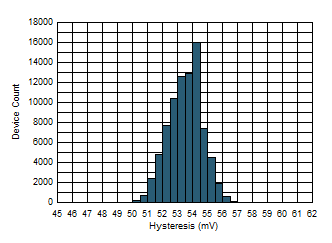
| TLV4021S5x |
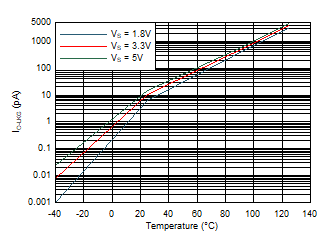 Figure 7-20 Output Current Leakage vs Temperature
Figure 7-20 Output Current Leakage vs Temperature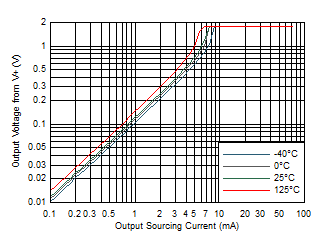
| VS = 1.8V |
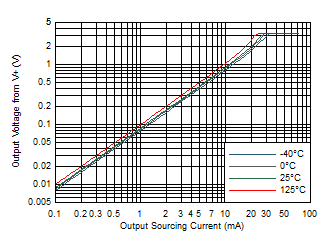
| VS = 3.3V |
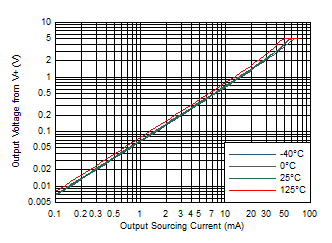
| VS = 5V |
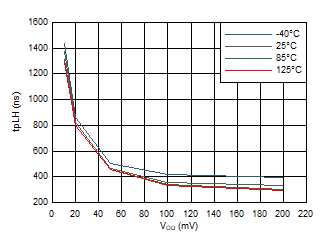
| VS = 1.8V to 5V | TLV40x1R2 |
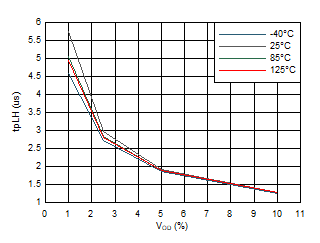
| VS = 1.8V to 5V | TLV4021Sx5 |